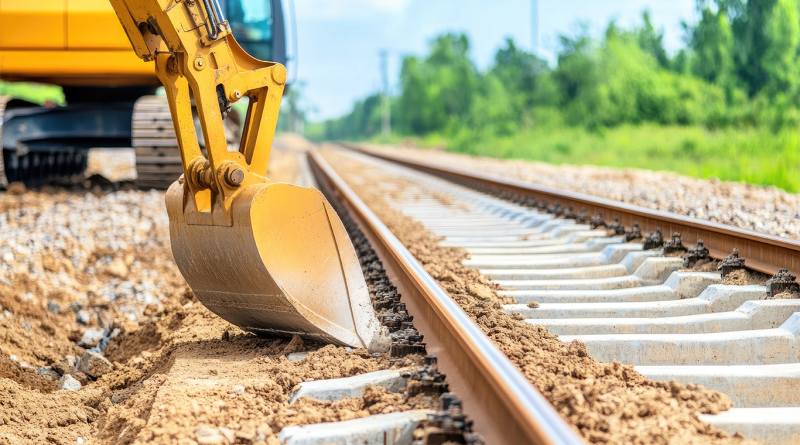High-speed rail for Britain: What’s next for HS2 under new leadership?
The appointment of Mark Wild as the new Chief Executive Officer of HS2 Ltd in December 2024 marked a pivotal moment for Britain’s ambitious high-speed rail project. A seasoned executive with a track record in leading complex infrastructure initiatives, Wild stepped into a role fraught with challenges. His immediate focus was stabilising a project plagued by escalating costs, timeline uncertainties, and public scrutiny.
One of Wild’s first actions was to announce a comprehensive review of the project’s cost structure and scheduling. This ‘reset,’ as it has been widely described, aims to establish a clear and realistic path forward. The findings from this review, expected to be unveiled in mid-2025, will offer much-needed transparency and a revised strategy for delivering HS2.
Current progress in construction
Despite its setbacks, HS2 has made considerable strides in construction, demonstrating its potential to revolutionise Britain’s rail network. The project’s most notable achievement in recent months was the breakthrough in the Chiltern Tunnel, a 10-mile twin-bore tunnel that represents the longest and deepest segment of the Phase 1 route.
To date, 70% of the project’s tunnel excavations are complete, amounting to 38 of the planned 55 miles. In addition, 58% of the earthworks required to prepare the railway’s infrastructure have been finished. Construction is also advancing rapidly on other critical elements, including 158 out of the planned 227 viaducts and bridges.
Financial hurdles and cost reassessment
The financial aspects of the HS2 project have come under intense scrutiny, as costs continue to climb beyond initial estimates. The current projections for Phase 1, linking London and Birmingham, range between £67 billion and £83 billion when adjusted for inflation. These figures significantly exceed earlier forecasts, raising concerns about the project’s sustainability and its impact on public finances.
The Department for Transport has expressed reservations about the accuracy of these cost estimates, acknowledging that a definitive financial picture may not emerge until the completion of Mark Wild’s comprehensive review in 2025. This uncertainty has fuelled debates about whether HS2 can deliver its promised benefits within its budgetary constraints.
The ongoing reassessment is expected to reallocate resources strategically, focusing on the most critical elements of the project. For instance, cost-cutting measures could lead to adjustments in the scope of construction or delays in less essential phases. While these decisions may spark controversy, they reflect a pragmatic effort to keep the project viable amidst financial pressures.
Strategic importance of HS2 for the UK
Despite its challenges, HS2 remains a cornerstone of Britain’s long-term strategy to modernise its transportation network. By significantly reducing journey times between major cities, the project is poised to enhance national connectivity, ease congestion on existing rail lines, and promote regional economic growth.
The environmental benefits of HS2 also align with the UK’s sustainability goals. High-speed rail offers a lower-carbon alternative to domestic air travel and road transport, supporting the country’s transition to a greener economy. Additionally, the project has already created thousands of jobs, with further economic stimulation anticipated as construction progresses and stations become operational.
For local communities along the route, HS2 promises to unlock economic opportunities by attracting businesses and investment. However, these benefits hinge on the project’s ability to overcome its current obstacles and deliver on its full potential. As a critical link in the UK’s broader infrastructure strategy, HS2 is more than a rail project—it is a catalyst for national renewal.
As HS2 moves into a critical phase, the forthcoming reset led by Mark Wild is expected to define the project’s trajectory. Scheduled for completion in 2025, the review will likely introduce revised timelines, recalibrated budgets, and a more streamlined approach to construction. Key milestones in the near term include completing the remaining 30% of tunnel excavation and advancing the construction of viaducts and bridges.
Stakeholders are also awaiting decisions on the later phases of HS2, including the extensions to Manchester and beyond. While these sections remain integral to the project’s vision, their future depends on the financial and logistical feasibility outlined in the reset.
Sources:
To keep up-to-date with our latest construction and civil engineering news, subscribe to our newsletter today.
